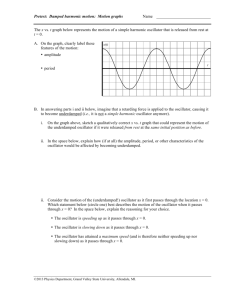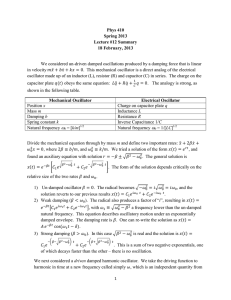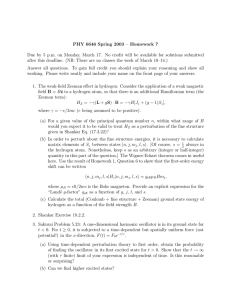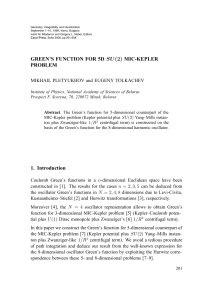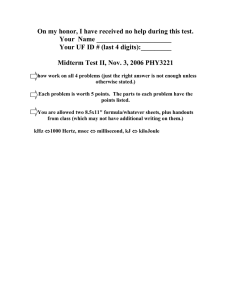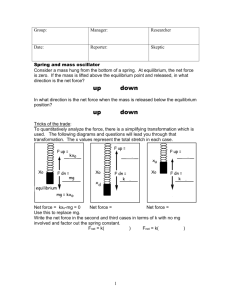Matsuoka neural oscillators nonlinearities are all linear by parts
advertisement
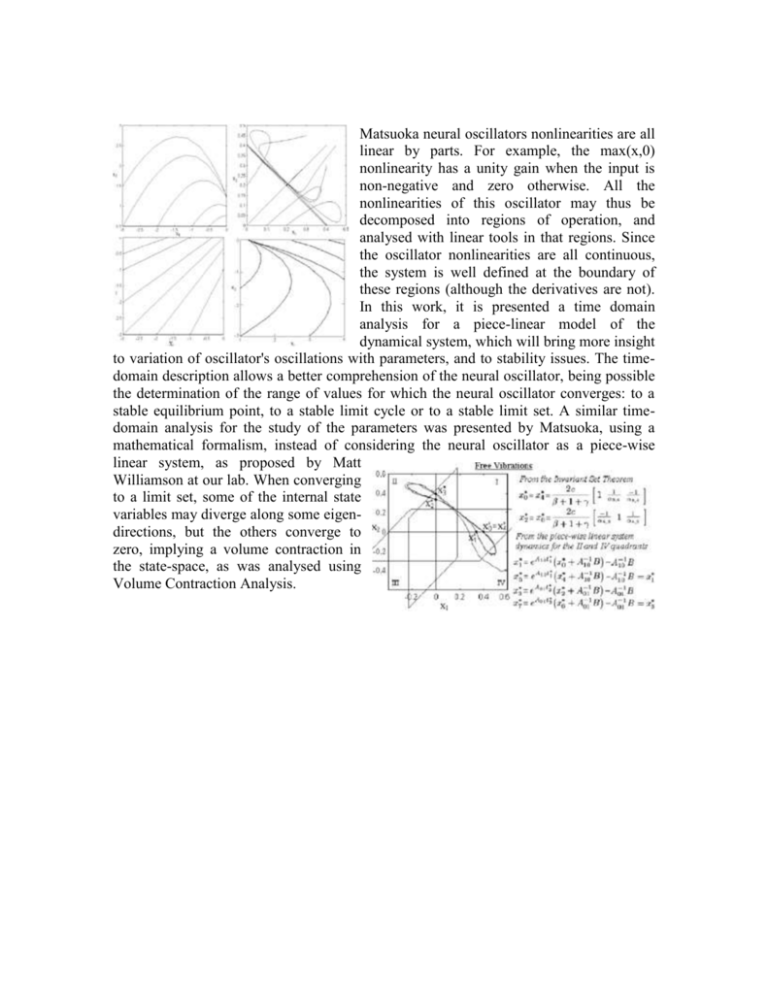
Matsuoka neural oscillators nonlinearities are all linear by parts. For example, the max(x,0) nonlinearity has a unity gain when the input is non-negative and zero otherwise. All the nonlinearities of this oscillator may thus be decomposed into regions of operation, and analysed with linear tools in that regions. Since the oscillator nonlinearities are all continuous, the system is well defined at the boundary of these regions (although the derivatives are not). In this work, it is presented a time domain analysis for a piece-linear model of the dynamical system, which will bring more insight to variation of oscillator's oscillations with parameters, and to stability issues. The timedomain description allows a better comprehension of the neural oscillator, being possible the determination of the range of values for which the neural oscillator converges: to a stable equilibrium point, to a stable limit cycle or to a stable limit set. A similar timedomain analysis for the study of the parameters was presented by Matsuoka, using a mathematical formalism, instead of considering the neural oscillator as a piece-wise linear system, as proposed by Matt Williamson at our lab. When converging to a limit set, some of the internal state variables may diverge along some eigendirections, but the others converge to zero, implying a volume contraction in the state-space, as was analysed using Volume Contraction Analysis.



